
Page 1 of 1

Page 1 of 1
When we were born, Angola was a Portuguese province in the Southwest of Africa. After November 11th, 1975 Angola became an independent state. Angola is bounded on the north and east by the Republic of Zaire, on the southeast by Zambia, on the south by Namibia, and on the west by the Atlantic Ocean.
Angola is the 7th large country in Africa and only 1/6th of Australia. A small enclave, Cabinda, is located some 30 km to the north, across the river Congo and is bounded on the north by the Republic of the Congo, on the east and south by Zaire, and on the west by the Atlantic Ocean. Angola has a coastline of more than 1700 km and a total area of 1,246,700 sq km. The capital and largest city is Luanda.
Angola can be divided into three major regions:
Most of Angolan rivers rise in the central mountains. Of the many rivers that drain to the Atlantic Ocean, the Cuanza, Cunene and Catumbela are the most important. Other major rivers include the Cuango (Kwango) River, which drains north to the Congo River system, the Cuando (Kwando) and Cubango rivers, both of which drain generally southeast to the Okavango Swamp. Angola has a tropical climate, with a dry season that lasts from September to April. The cool Benguela Current flowing from Antarctica, moderates the temperatures of the coastal region and reduces the precipitation, especially in the south.
Angola is very rich in mineral resources. Among the most notable resources are petroleum, diamonds, iron ore, manganese, copper, uranium, phosphates, and salt. Most likely future explorations will establish the true wealth of this country.
Due to its diverse climatic conditions Angola's flora varies immensely. Thick tropical rain forests are found in the north and in the Cabinda enclave. To the south the rain forests give way to savanna (chanas or anharas in Portugueses) . The center enjoys a temperate climate and a mixture of trees and grasses is the characteristic bushland. In the very south the beginning of the Namibe desert is the dominant landscape
Wildlife includes most of the larger African mammals, such as elephants, rhinoceroses, giraffes, hippopotami, zebras, antelope, lions, and gorillas. In the rivers one can find crocodiles and many species of fresh water fish. The bird life and insects are as diverse as the mammals. The seas in the Angolan coast are teaming with fish. Angola's population comprises of more than 90 ethnic groups. Despite this diversity, seven groups represent more than 90 percent of the population: Umbundos in the center of Angola are the largest ethnic group. Some of the other large ethnic groups are the Mbanda, Bakongo, Lunda-Chokwe, Ganguela, Cuanhamas, Quiocos.
Luanda, the capital, is the largest city followed by Nova Lisboa (now Huambo) , Benguela, Lobito, Sá da Bandeira (now Lubango), Silva Porto (now Kuito). Portuguese is the official language. More than 90 percent of the population speaks Bantu languages, the most important of which are Umbundu, Kimbundu and Kikongo. Before independence an estimated 2.2 million Roman Catholics, including most of the 400,000 Portuguese, lived in Angola, as well as a smaller number of Protestants.
Note of 2015:
In 1973 the Angolan population was a little over 6 million. The latest figures of 2015 indicated the population of Angola to be a little over 22 million. Luanda in 1973 had a population of around 800,000. It has now a metropolitan population of over 6 million. It is also the world's third most populous Portuguese-speaking city, behind only to São Paulo and Rio de Janeiro, both in Brazil, and the most populous Portuguese-speaking capital city in the world, ahead of Brasília, Maputo and Lisbon.
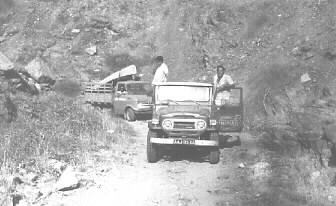
Going fishing in the south of Angola - Limagens
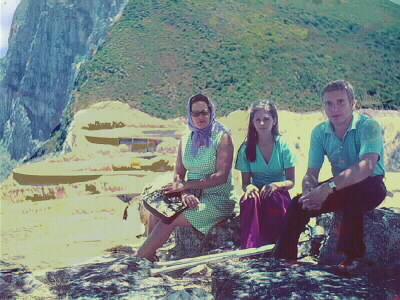
My mother, wife and friend in Leba, Lubango
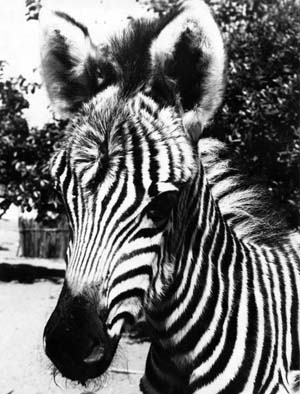
Baby Zebra in Mavinga
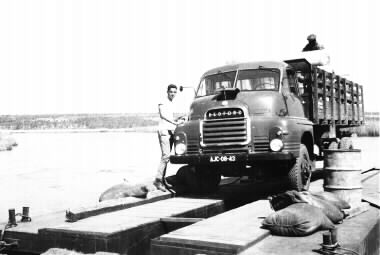
Crossing the Cuito Canavale river in the southeast of Angola
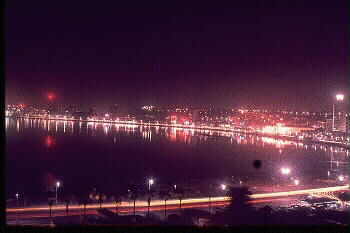
Luanda at night in the 70's